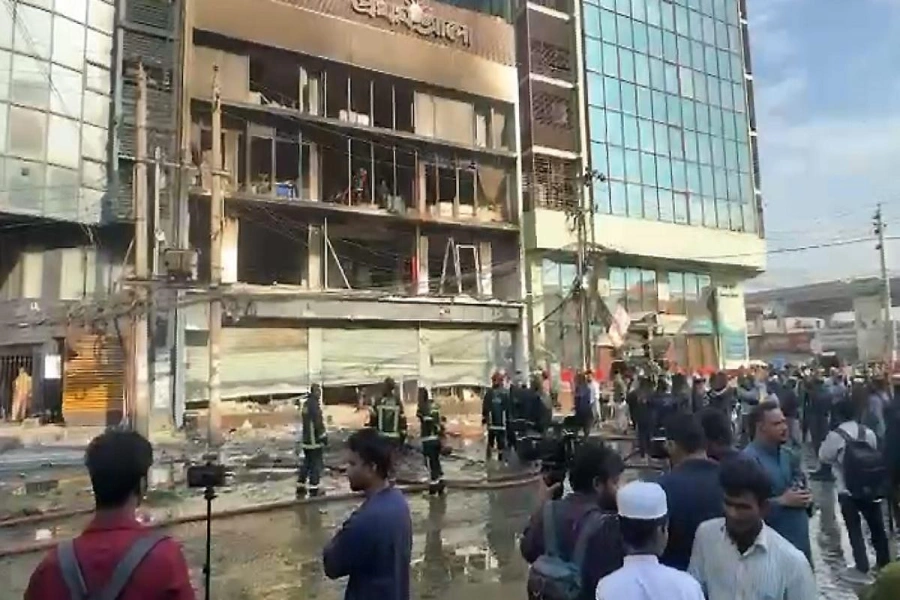Nepal adopted a mix of the first-past-the-post (FPTP) system and proportional representation (PR) system as its electoral system nearly a decade and a half ago in order to make the legislature inclusive. The PR system was especially adopted to ensure the representation of the marginalized and ‘backward’ castes, class, gender and communities in the political mainstream. However, it is sad and unfortunate to notice that the PR system has been put to a deliberate and gross misuse by the political parties – big or small. As a result, in the name of ensuring the access of the ‘backward’ people to the political mainstream, politicians’ family members and friends, businessmen, and middlemen have been ‘elected’ to the House of Representatives (HoR) and the seven provincial assemblies. The major parties like the Nepali Congress (NC), the CPN-UML and the CPN (Maoist Center) have ‘elected’ the wives or other family members of big politicians, while the nominations made by even the smaller parties as well as the new parties emerging through the November 20 elections have not been free of controversies.
The biggest party, the NC which has won 32 seats under the PR system and which was compelled to nominate 29 women and three men to the HoR under the PR system due to the mandatory constitutional provision of at least 33 percent women representation, has chosen, among others, PM and NC President Sher Bahadur Deuba’s wife Arzu Rana Deuba and Home Minister Bal Krishna Khand’s wife Manju Khand. Similarly, former home minister and former NC Vice-president Bimalendra Nidhi and his niece Ninu Kumari Karn, and former minister and NC Spokesperson Prakash Sharan Mahat have also made it to the HoR under the PR system. The second biggest party, the UML which has won 34 seats under the PR system, on the other hand, has chosen its Vice-chairman Ram Bahadur Thapa’s wife Nainkala Thapa and General Secretary Shankar Pokharel’s sister Menaka Kumari Pokharel. There are dozens of other names. The other parties including the CPN (Maoist Center) which claims to have fought for ‘inclusion’ in politics, have done almost the same but here we have given the examples of the two biggest parties because if the biggest parties had set a positive trend, one could have expected the smaller parties to follow that. But sadly, that’s not the case.
Revised interest rate corridor system introduced

However, this is not the first time that the PR system of election has been hugely misused by the political parties. In the very election to the first constituent assembly (CA) in 2008 – when the concept of PR system for elections was first implemented in the country to ensure inclusion – the parties were largely criticized for grossly misusing the provision. There was a large hue and cry in the media. But nothing changed and the key leaders of the major parties repeated the same trend of handpicking people from their personal lists to make them members of the second CA in 2013 as well. In the 601-member CA, as many as 335 members were ‘elected’ through the PR system. Even after the promulgation of the Constitution by the CA, the PR system was not aborted and was given continuity. Today, it’s not difficult to see that the system was continued so that politicians could continue handpicking whoever they wanted as lawmakers through the PR system. Coming to the second general elections held after the promulgation of the 2015 Constitution, this political malady has only worsened. Let us just remember what we were promised when the PR system was introduced as “an achievement of the great change” and what this system has become in the hands of those who were supposed to implement it! Comparing those promises with the situation at hand today leaves us completely pessimistic. The ‘inclusion’ we were promised was pure, the one we have been delivered is fake. It’s perhaps time to seriously think about continuing the PR system.


































